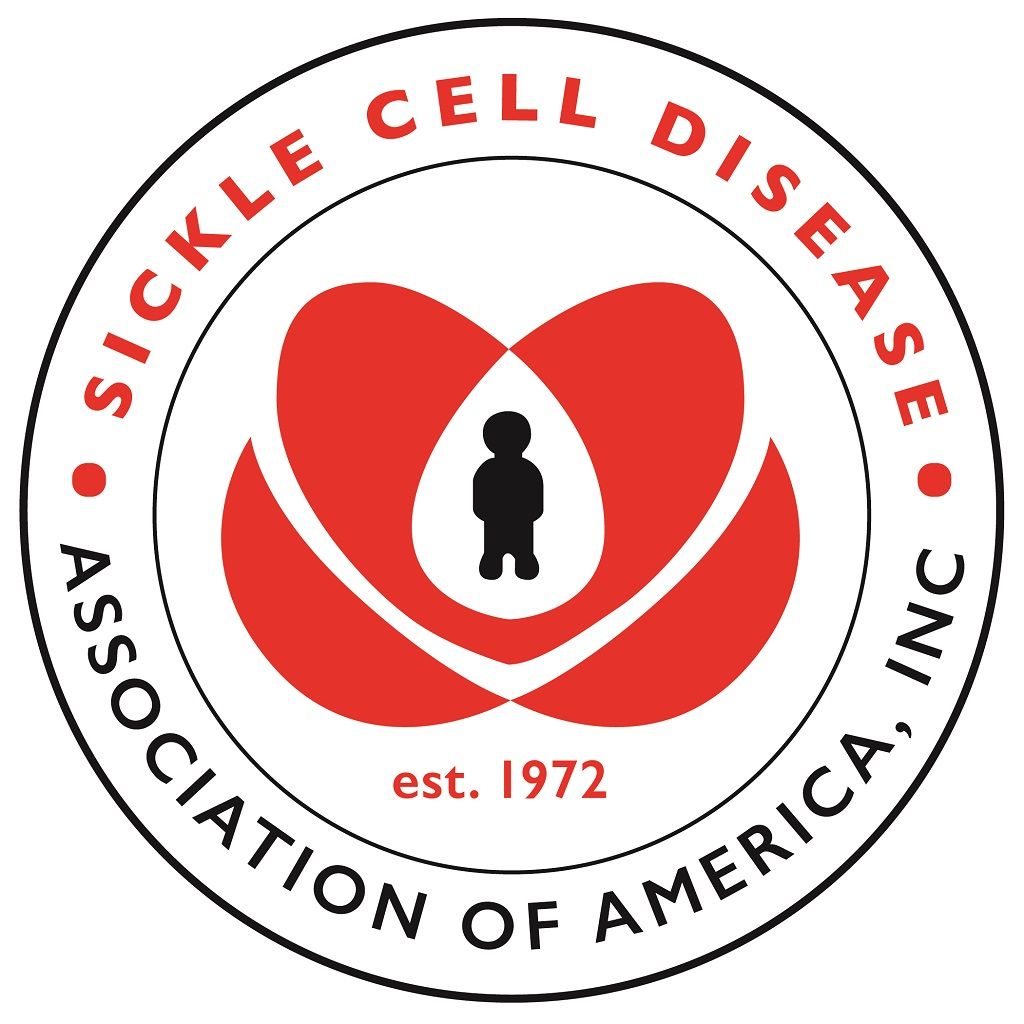
OR WAIT null SECS
Edward Ivy, MD, MPH: A Comprehensive Perspective on Sickle Cell Disease
As the year begins, Edward Ivy addresses what's currently happening in the field of sickle cell disease from the impact of the blood shortage to exciting new therapies.
In an interview with HCPLive®, Edward Ivy, MD, MPH, Vice Chief Medical Officer, Sickle Cell Disease Association of America (SCDAA), addressed the important elements currently at work in the field of Sickle Cell Disease (SCD) from the blood shortage the nation's facing, to future treatments for the disease.
Ivy has a comprehensive perspective on the topic. In addition to being an MD and obtaining a Master of Public Health, Ivy is an individual living with sickle cell disease.
He has first hand knowledge of how difficult it can be to get quality care as a patient.
"We can do better, we can treat diseases better in the United States," Ivy said. "But I think it's going to take a concerted effort of groups like the Sickle Cell Disease Association, working with the researchers, working with the federal government, and working with states and other entities to figure out--what are those strategies that allow us to more effectively get the therapies that are sitting there and available to the patients that need them?"
Prior to 2019, hydroxyurea was one of the only drugs approved for treating sickle cell disease. Since then Novartis has released crizanlizumab (Adakveo) to treat pain, and Global Blood Therapeutics (GBT) introduced voxelotor (Oxbryta), which can reduce the sickling that occurs as a result of the disease.
Ivy spoke about new therapies that are in the pipeline. Specifically, he focused on several different strategies that are being examined in gene therapy.
"Now, as I've mentioned previously though, bone marrow transplant has been a therapy that has been used since the 1990s, but it has those limitations around on finding matching donors," Ivy explained. "With gene therapy, the idea is to use the individual's own bone marrow, make some modifications to the bone marrow, and then give that back to the patient so that they can be cured of sickle cell disease."
It's not a lack of treatment options that poses a threat to the quality of care for these patients, but accessibility. Ivy mentioned the importance of training medical professionals and students on how to treat sickle cell disease and implement the treatment approaches that are known to be successful.
In addition to the myriad of obstacles patients with sickle cell disease already struggle with when seeking treatment, the current blood shortage--deemed a "blood crisis" this month by the American Red Cross--could have negative implications for the population.
"With the blood shortage that's happening nationally, unfortunately, that will impact sickle cell patients because it will reduce their ability, of course, to get access to the blood they need for their therapies," Ivy said.
However, he also emphasized the great progress that's been made with models of care, which can begin promoting better access to care.
"How do we create the entire spectrum of care for individual patients so that they can be managed whether they have a chronic disease, whether they had their primary health that needs to be managed," Ivy asked, "we're right now in a situation of COVID, so managing that."
"So, we need to look at a map of the medical neighborhood model that helps us to look at treating the whole patient," he explained. "And I'm happy to say that there has been a lot of progress made at the national level, in sickle cell in particular, to develop models that allow hematologists to more effectively connect to primary care providers and get that information."



